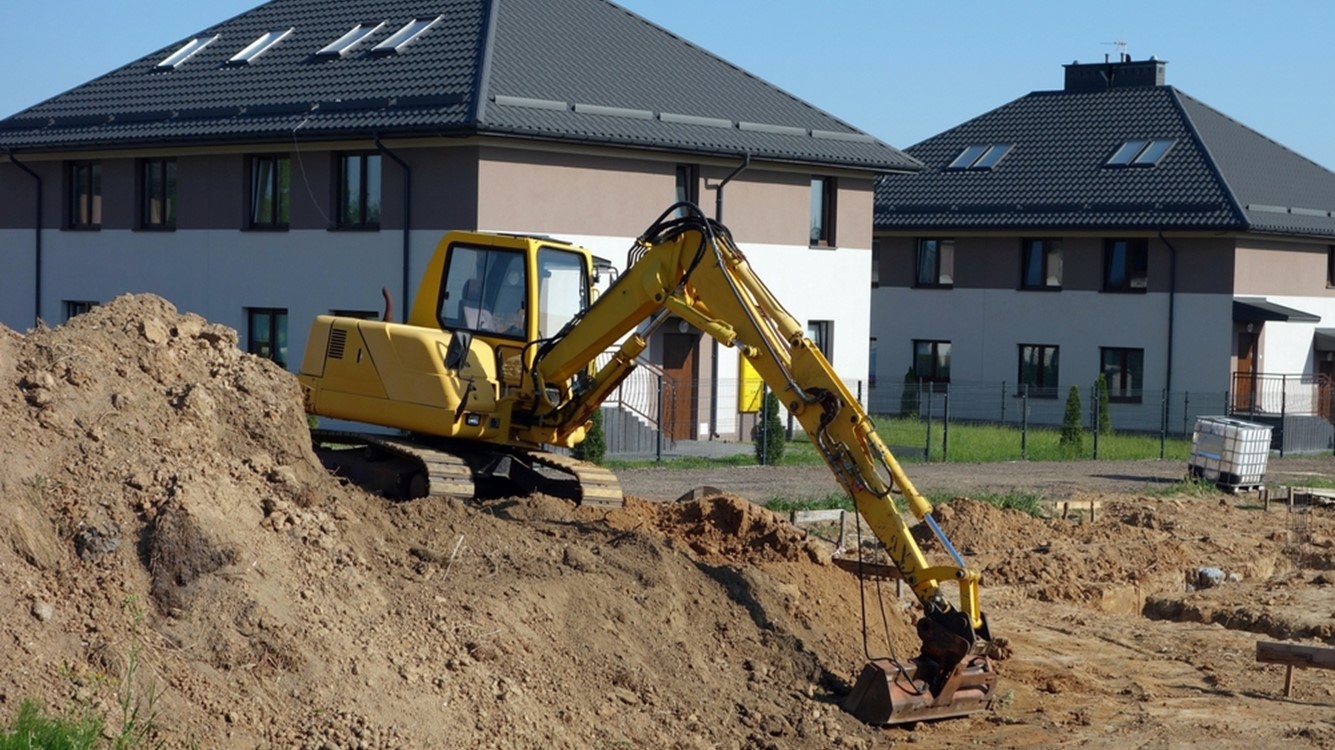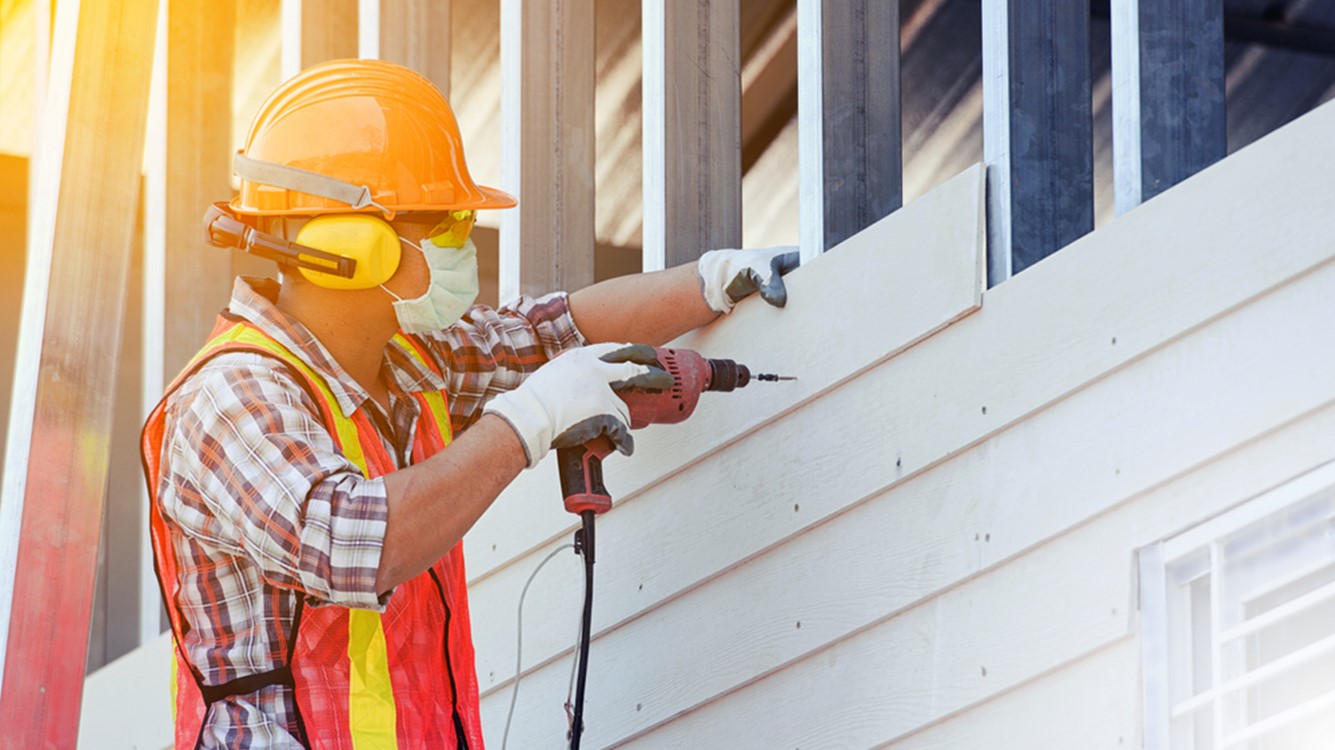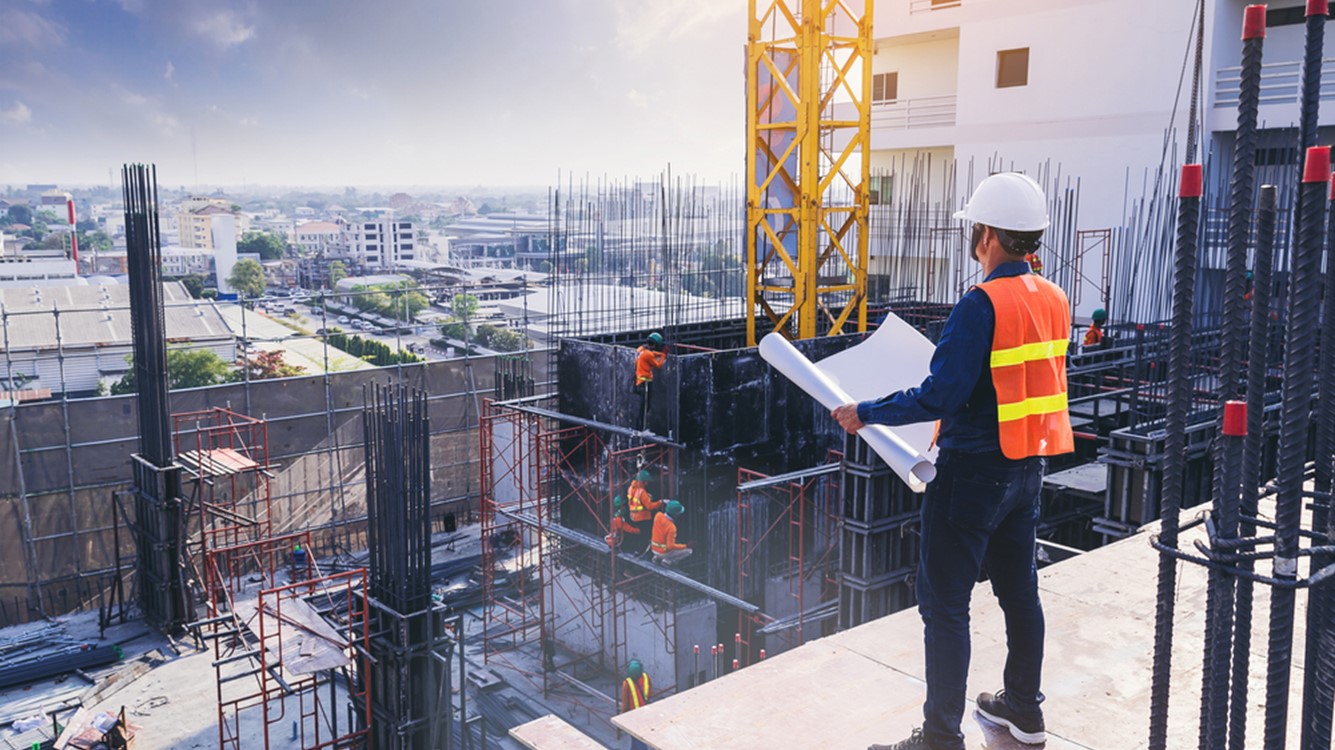Higher rates hit builder margins
Builders are still seeing strong present sales, but their expectations for the future have turned down.

May 16, 2024
New home construction, also known as housing starts, jumped 5.7% in April, missing expectations after March starts were revised lower. The Midwest and the South posted higher starts while the Northeast and West experienced slips in building activity. Completions of newly built homes spiked 8.6% as builders remain busy bringing much-needed housing supply to the market. Single-family home completions spiked 15.4% to 1.09 million in April, the highest since November 2022, while active inventory in the resale market has trended below one million units since the start of 2020.
Single-family starts edged 0.4% lower to 1.03 million units in April. That is still 17.7% higher than a year ago. Starts have remained above one million units for six consecutive months, as strong demand largely from first-time millennial buyers is offsetting the drag from higher rates. Builders have offered mortgage rate buydowns and other discounts to offset the hurdles to housing affordability. Smaller homes are finally being built instead of large, build-to-suit homes, to meet the needs of first-time buyers.
Mortgage rates rose above 7% in the second half of April on the expectations that lower interest rates may not occur until much later in the year. Rising mortgage rates take a bite out of new mortgage application activity and hurt builders’ profit margins when they offer mortgage rate buydowns.
Multifamily starts soared 31.4% in the month off of a very weak March reading. Multifamily is a noisier data series than single-family and much more prone to revisions. Multifamily starts remain 32.9% lower than a year ago as builders attempt to work through significant apartment construction backlogs and pivot over to single-family. Buildings with five units or more that are currently under construction sit at 919,000, below a peak of one million but still over a third higher than they were prior to the pandemic. Strong demographics and mass migration to the South have helped many of these new apartments get absorbed. Rents have cooled significantly in the markets that have had the newest construction, but those affordability wins are limited. Less supply is expected in 2025 and beyond, given the current slump in multifamily permits, which will add to the pickup in rents due to demographics.
Separately, building permits, which are a gauge of future construction activity, fell 3% in April as single-family permits fell to the lowest reading since November of last year; multifamily permits fell to the lowest reading since October 2020. Builder sentiment rapidly deteriorated in May on the prospect of "higher for longer" interest rates, slipping back into negative territory, according to the National Association of Home Builders’ sentiment survey. Sentiment was in positive territory for March and April as mortgage rates fell to the mid-6% range and had been improving for six months. Builders are still seeing strong present sales, but their expectations for the future have turned down with a slowdown in foot traffic.
Builder sentiment rapidly deteriorated in May on the prospect of "higher for longer" interest rates.
Yelena Maleyev, KPMG Senior Economist
Bottom Line:
Rising completions of homes are helping provide much-needed supply to the housing market, while the pipeline of newly built homes has not moved much higher over the past six months. Builders are still facing labor and land shortages, while some materials are still hard to come by. That dichotomy amidst still robust, pent-up demand lays out the dilemma for the Federal Reserve; high demand is buoying the costs of repairs, maintenance and home insurance (if you can get it) which show up as service sector inflation, even as the shelter costs in the overall inflation measures are poised to cool. Our forecast calls for one rate cut in December this year.
Explore more

March housing starts retreat
Builders continue to offer incentives to offset higher mortgage rates.

KPMG Economics
A source for unbiased economic intelligence to help improve strategic decision-making.

Residential and nonresidential construction dragged in March
The concern is the slower glide path toward interest rate cuts.
Subscribe to insights from KPMG Economics
KPMG Economics distributes a wide selection of insight and analysis to help businesses make informed decisions.
Meet our team

